Excerpt from
Nature and Nation: Britain and America in the 19th Century
David Lowenthal
History Today; Dec 2003
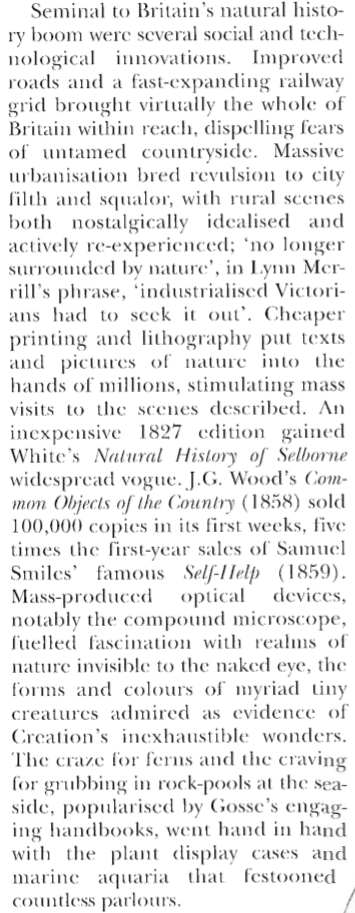
.jpg/250px-Philip_Henry_Gosse_-_British_Sea-Anemone_and_Corals_(Plate_V).jpg)

ANIMALS, PEOPLE AND THOSE IN BETWEEN
Excerpt from
Nature and Nation: Britain and America in the 19th Century
David Lowenthal
History Today; Dec 2003

.jpg/250px-Philip_Henry_Gosse_-_British_Sea-Anemone_and_Corals_(Plate_V).jpg)
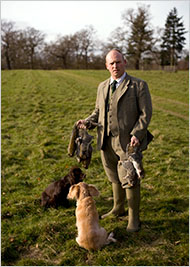
A few morsels from the New York Times’ January 2009 article on “Saving a Squirrel by Eating One” article. If you are so enchanted as to sample the cute critters, the last excerpt certainly puts a dent in the argument for delighting in consumption:
Enter the “Save Our Squirrels” campaign begun in 2006 to rescue Britain’s red squirrels by piquing the nation’s appetite for their marauding North American cousins. With a rallying motto of “Save a red, eat a gray!” the campaign created a market for culled squirrel meat.
British bon vivants suddenly couldn’t get enough squirrel. Television chefs were preparing it, cookbooks were extolling it, farmers’ markets were selling out of it and restaurants in many places were offering it on the menu.
Nichola Fletcher, a food writer and co-owner of a venison farm, held a squirrel tasting for Britain’s Guild of Food Writers, finding “their lovely flavor tasted of the nuts they nibbled.” At a later event, however, she found the flavor disappointing, with “a greasy texture and unpleasant taste,” presumably reflecting these squirrels’ diet.
Fergus Henderson…who cooks with both poetry and passion, sometimes prepares his squirrels “to recreate the bosky woods they come from,” braising them with bacon, “pig’s trotter, porcini and whole peeled shallots to recreate the forest floor.” He serves it with wilted watercress “to evoke the treetops.”
Other chefs may be less lyrical, but they are no less enthusiastic. The Famous Wild Boar Hotel in Britain’s Lake District serves squirrel Peking-duck style; at Matfen Hall, a grand country house hotel, it is layered with hazelnuts into a terrine; in Cornwall, it can be found baked into the iconic meat pie known as a pasty.
If you want to grab your shotgun, make sure you have very good aim — squirrels must be shot in the head; a body shot renders them impossible to skin or eat. (You want to get rid of the head in any event, as squirrel brains have been linked to variant Creutzfeldt-Jakob disease, the human form of mad cow disease.)
Not such new news, though. This article from the Telegraph in June 2005:
A restaurant selling squirrel terrine has been forced to withdraw it after death threats from animal rights activists.Protesters threatened to firebomb the Hadley Bowling Green Inn in Droitwich, Worcs, and to smash up the staff’s cars over the £7.95 paté starter.
A female housekeeper was told: “I’m glad I don’t work here because I wouldn’t want to die in the fire.”
After the dish was featured on local television the restaurant received about 25 threatening telephone calls and a string of malicious e-mails.
Its spokesman, Barney Reynolds, said: “The last thing we would want to do is to pander to this sort of intimidation.
“But the fact is that some of the staff were coming into work fearing for their lives.”
He added: “We’ve never had to take something off the menu before because of threats from protesters. I don’t know why squirrel meat is so controversial.
“In the past we’ve sold meat from fluffy little lambs and it’s not been a problem.”
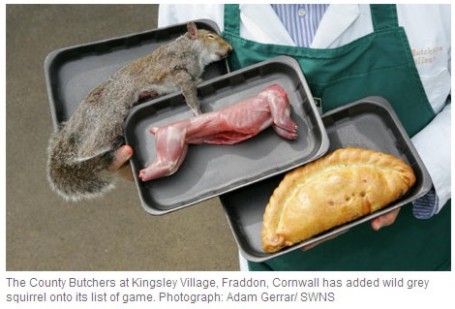
Squirrels.
Imagine them:
Red feather headdresses
versus gray flannel suits
of the Wall Street reivers.
Landgrabbing American Grays – purveyors of squirrel
pox pockets – turn little Reds into sludge.
BRITAIN’S FAVORED NATIVES SACKED BY IMMIGRANTS, say headlines;
diseases carrying foreigners, or foreigners carrying disease – either way.
Like Mayflower, like Ailanthus, they come with fanfare, as
idealists or ornamentals; these nature-shifter parasites enthuse wildly. And they
don’t share. Great Northumbrian verminators in camouflage are on a killing spree,
mandating: Do your part, Britain! Gray squirrel loin is hardly greasy or unpleasant…
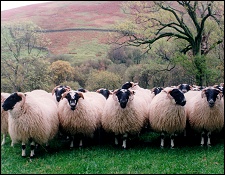
“Blackface lamb is naturally reared, symbolising the purity and goodness of the land and has a reputation for its unrivalled sweet flavour and tenderness. Available from September onwards, it is without doubt ‘ naturally good ‘.”
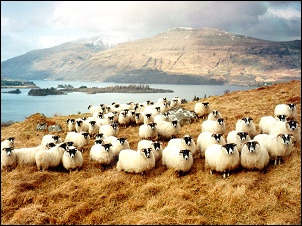
Morpeth,
Living amid the woods and waters…
A Coaching Stop on the London-Edinburgh route which crossed the ‘moors-path’
Alternatively called the `Murder Path’ from the times of the border reivers (basically robber barons) (1400-1600). Somewhat akin to the Wild West.

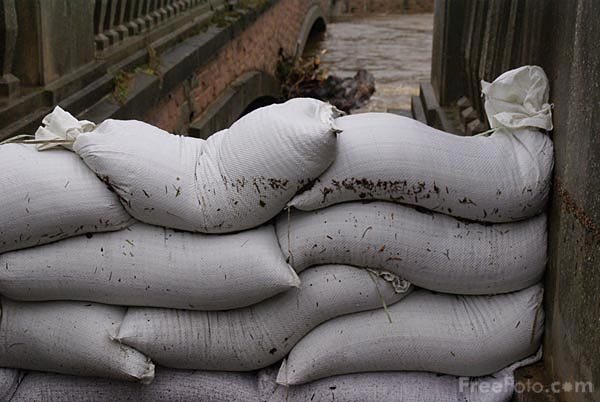
“Giant pandas are ‘charismatic megafauna,’ a category that includes whales and other sea mammals, salmon and other inspirational fish, eagles and other flashy raptors. In each instance, the creatures help spotlight the hundreds of humbler but equally endangered species: the black-spored quillwort, the longhorn fairy shrimp.”
—”Birth and Rebirth,” USA Today, August 23, 1999
Usually thought of as poster children for environmental issues, they’re often super cuddly or super scary. Or both (like polar bears).
I’d add to this list:
Jellyfish (alien death squad)
Squirrels (mischievous urban representatives)
But people look at me funny if I start geeking out about plankton or mycelial networks (although the latter can get pretty trippy). If we could spin them right, they’d be seen for the superheroes they are.
More on the Uncharismatic Poster Children:

Mycelium Running:
How Mushrooms Can Help Save the World
and Paul Stamets’ talk from TED: